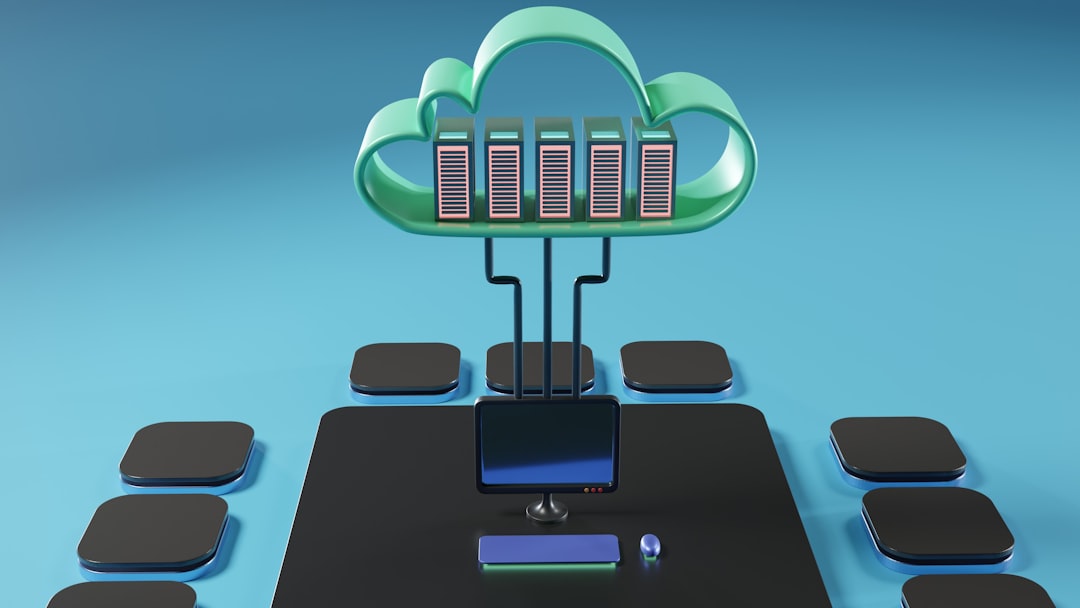When organizations rely on cloud-based collaboration platforms like Dropbox, seamless synchronization is critical for maintaining workflows and team productivity. Unfortunately, a seemingly routine action—merging two Dropbox subscriptions—resulted in unexpected issues, including the halting of shared team folder syncing and the temporary disappearance of critical collaborative files. Teams across departments experienced confusion and data disruptions, pushing IT administrators into swift troubleshooting and recovery mode.
TLDR: Dropbox stopped syncing team folders after a subscription merge. The automatic linking between teams was lost, leaving shared folders inaccessible. After identifying the delta (change) in file availability, administrators used Dropbox’s file versioning and restoration tools to recover shared files. The delta-restore process avoided permanent data loss and restored full syncing functionality.
What Happened: A Subscription Merge Gone Wrong
Dropbox offers a feature that allows organizations with multiple business subscriptions to merge into a single entity for unified billing, storage, and administrative control. While it’s a powerful integration tool, issues can arise when pre-existing permissions, syncing behaviors, and user group settings don’t align perfectly during the transition.
In this specific case, two teams—Team Marketing and Team Product—each with their own Dropbox Business subscription, decided to consolidate their licenses. After the merger was initiated:
- Team folders stopped syncing across accounts.
- Shared folders appeared empty or missing to some users.
- Several users received permission errors despite former full access.
This didn’t cause any file deletions per se, but functionally, access was lost from the user perspective. Projects stalled, and internal communications surged with questions about whether files were accidentally deleted or if syncing had glitched.

Root Cause: Access Tokens and Team Sync Configurations
After detailed investigation, an IT audit revealed the root of the issue was rooted in how Dropbox structures its access configurations. When a team subscription is merged, pre-merge access tokens and links between user accounts and shared folders become invalid unless explicitly re-established on the new tenant identity.
Dropbox’s merging process moves users under a single organizational umbrella, but any group-based permissions or linkages to folders from the previous configuration can be invalidated.
Additionally:
- Syncing policies on merged accounts reset to default.
- Shared folder visibility was turned off for users not already in the default admin groups.
- Delta synchronization stopped because the shared folders were seen as “relinked data” by Dropbox’s backend.
Simply put: Dropbox did not delete the data, but the connection between the user and the data had been severed.
The Recovery Approach: Implementing a Delta Restore
The IT team took immediate action to prevent further disruptions. Although Dropbox provides a 180-day history of deleted files and file changes, recovering access in a shared workspace involves more than restoring deleted files—it requires reconstructing the environment where syncing previously worked.
The team followed a multi-phase recovery method, referred to here as a delta-restore strategy. Here’s how it was executed:
- Identify Affected Folders: Administrators used the Dropbox Admin Console to audit which folders lost shared links, team associations, or syncing flags after the merge.
- Cross-reference File Timestamps: Using Dropbox’s version history and file logs, the team compared timestamps before and after the subscription merge. This delta provided insight into what folder and permission changes had occurred.
- Restore Permissions: The IT team re-invited users to the shared folders and rebuilt team groups with explicit folder rights, bypassing any corrupted tokens.
- Reassign Folder Ownership: Key shared folders were reassigned owners under the new merged identity to re-enable syncing behaviors across all affected devices.
- Force Local Re-sync: For users whose Dropbox desktop clients were still showing outdated sync states, the team issued instructions for clearing the local cache and triggering a full re-sync.
This effort took roughly 36 hours to complete, given the complexity of the team permissions and the volume of data in play. Thankfully, Dropbox’s internal file versioning and retention made the discovery and reintegration of missing files relatively straightforward.

What Was Learned: Prevention and Best Practices
This experience highlighted several critical points about handling Dropbox subscription merges in enterprise environments:
1. Plan Merges with Detailed Audits
Teams should always conduct a cross-team audit before consolidating Dropbox subscriptions. This includes documenting:
- Current shared drive structures
- Permission hierarchies
- Any third-party integrations linked to specific folders
2. Use Dropbox Migration Tools Where Possible
Dropbox does offer limited migration tools through its support channels and APIs. Rather than a full subscription “merge,” consider examining whether a staged migration using Dropbox’s API can preserve more granular metadata.
3. Monitor Folder Health Post-merge
Even after a successful merge, administrators should designate a 48-hour monitoring window where sync statuses, file visibility, and shared folder availability are routinely checked across departments.
4. Maintain a Delta-Change Log for Major Transitions
A “delta log” shows what has changed during massive account shifts. Dropbox’s Admin Events log can help track folder reassignments and authentication errors that correlate to sync interruptions.
Conclusion: Data Was Not Lost, But Permissions Were
While the Dropbox subscription merge did cause significant workflow disruption, the integrity of shared data was ultimately preserved. The most damaging aspect was not the deletion of files, but the sudden disconnection between teams and the repositories they used daily. Moving forward, Dropbox administrators and IT leads must approach subscription consolidations with careful planning and a robust backup and recovery strategy.
More importantly, the event underscores the need for caution when managing identity relationships in the cloud—not just who has a document, but how they access it when systems undergo change. The recovery was successful, but it required vigilance, coordination, and an in-depth understanding of Dropbox’s backend synchronization protocols.
Organizations considering subscription merges should learn from this event: prepare well, monitor syncing behavior early, and always keep a path for delta-based recovery should access vanish overnight.



